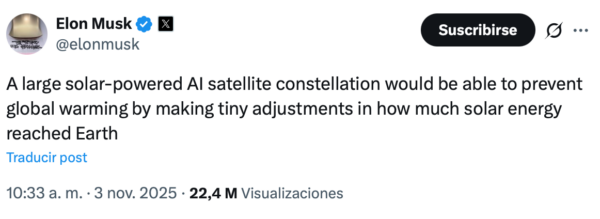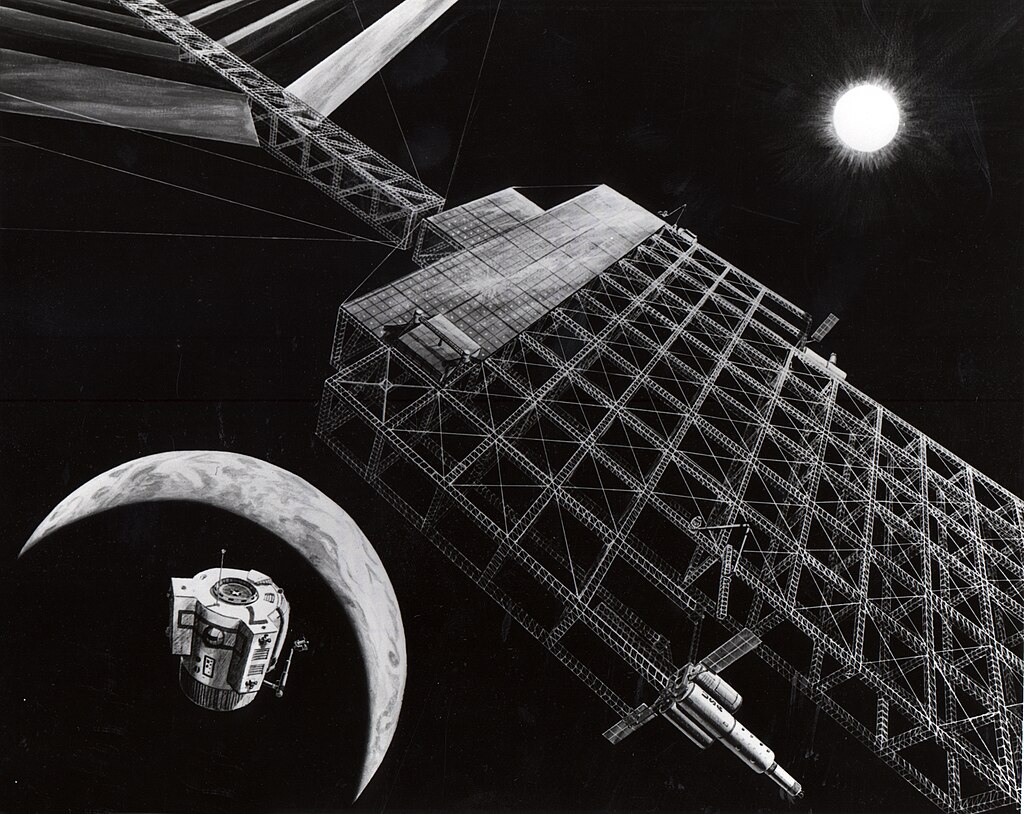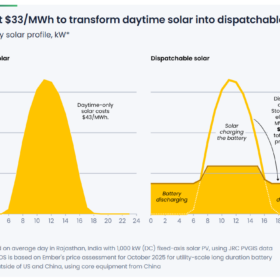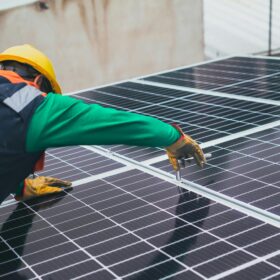A large constellation of solar-powered artificial intelligence satellites could help prevent global warming by making small adjustments to the amount of solar energy that reaches Earth.
Elon Musk made the claim this week on his X account. According to his post, which had nearly 23.5 million views within 24 hours, the proposed technology would aim to curb climate change by regulating the planet’s energy balance.

In response to a question about how an AI satellite constellation could ensure precise and equitable adjustments to solar energy across Earth’s hemispheres – accounting for seasonal variations and potential geopolitical conflicts over control – Musk said “yes. Small adjustments would be enough to prevent global warming or cooling. The Earth has snowballed many times in the past.”
The same user who posed the question added, that “making small adjustments to balance warming and cooling makes perfect sense; Earth’s ancient ice ages already demonstrate this. But managing such an intervention would require a global AI protocol; otherwise, geopolitical tensions could escalate into solar blockade wars. I wonder what role AI would play in such a scenario.”
In contrast, user Ram ben Ze’ev argued that using a constellation of AI- and solar-powered satellites to mitigate global warming by controlling solar radiation carries enormous risks. While technically feasible, it would require near-continuous global coverage and flawless coordination. Even a minimal reduction of 1% to 2% in sunlight, he warned, could disrupt photosynthesis, agriculture, and ecosystems, as well as alter rainfall patterns and temperatures.
And if the system were to fail or be disrupted, the resulting “termination shock” could trigger a rapid and devastating temperature increase. “Turning the climate into a satellite-controllable system ignores the natural complexity of the biosphere and could unleash irreversible consequences,” he concluded.
Most satellites in orbit use solar panels as their primary power source to operate both the spacecraft bus and its payloads. Their functions include powering subsystems such as attitude control, communications, onboard processing, and thermal regulation, as well as providing energy for scientific instruments, communications relays, and electric propulsion systems.
Several programs are also testing photovoltaic cells in real-world space environments and exploring wireless power transmission, known as “beaming,” for space-to-space and space-to-ground applications.
Space-based solar power developers aim to capture solar energy in orbit and transmit it to receiving stations on Earth via wireless power transmission, using either microwaves or lasers. At a commercial scale, the technology could deliver continuous, weather-independent renewable energy worldwide.
The maturation of this technology, combined with declining launch costs, is bringing the concept closer to deployment. Several demonstration projects are scheduled to enter orbit as early as next year.
South Korea plans a 120 GW space solar project for 2024. Two national research institutes are designing a space-based solar power satellite capable of delivering about 1 TWh of electricity per year. The proposed system would employ 4,000 underwater solar panels, each measuring 10 meters by 270 meters, made of rollable thin sheets, with an overall efficiency of 13.5%.
By 2030, the China Academy of Space Technology also plans to launch its first solar power transmission demonstrator, featuring three solar panels and both microwave and laser power transmission systems.
This content is protected by copyright and may not be reused. If you want to cooperate with us and would like to reuse some of our content, please contact: editors@pv-magazine.com.








By submitting this form you agree to pv magazine using your data for the purposes of publishing your comment.
Your personal data will only be disclosed or otherwise transmitted to third parties for the purposes of spam filtering or if this is necessary for technical maintenance of the website. Any other transfer to third parties will not take place unless this is justified on the basis of applicable data protection regulations or if pv magazine is legally obliged to do so.
You may revoke this consent at any time with effect for the future, in which case your personal data will be deleted immediately. Otherwise, your data will be deleted if pv magazine has processed your request or the purpose of data storage is fulfilled.
Further information on data privacy can be found in our Data Protection Policy.